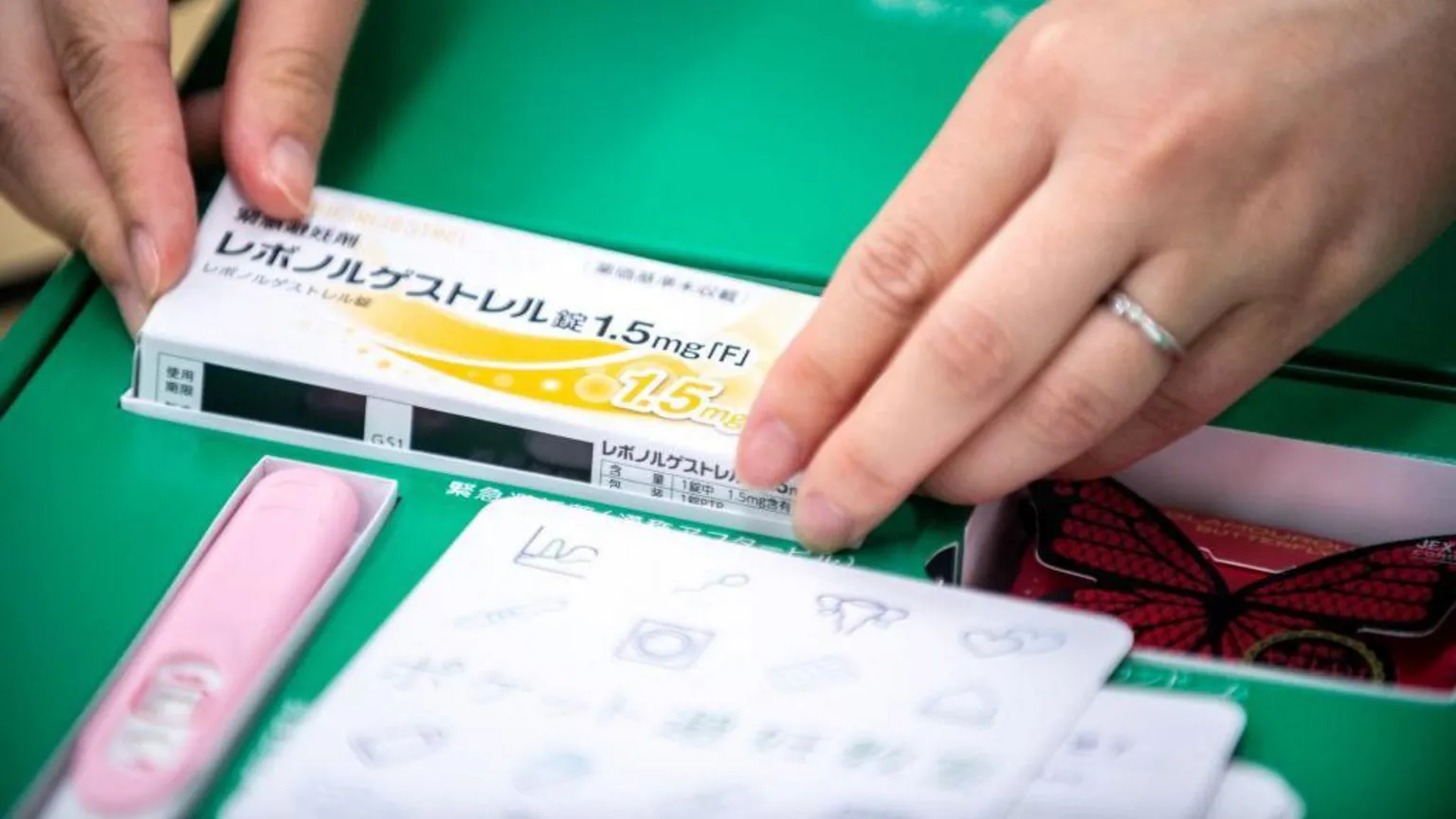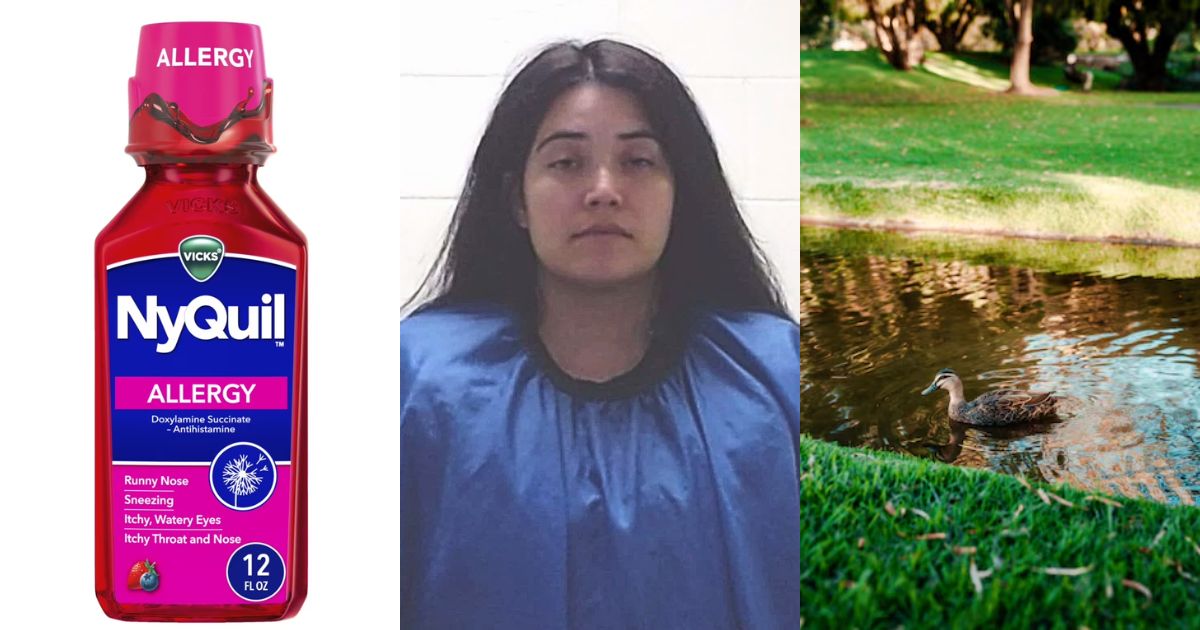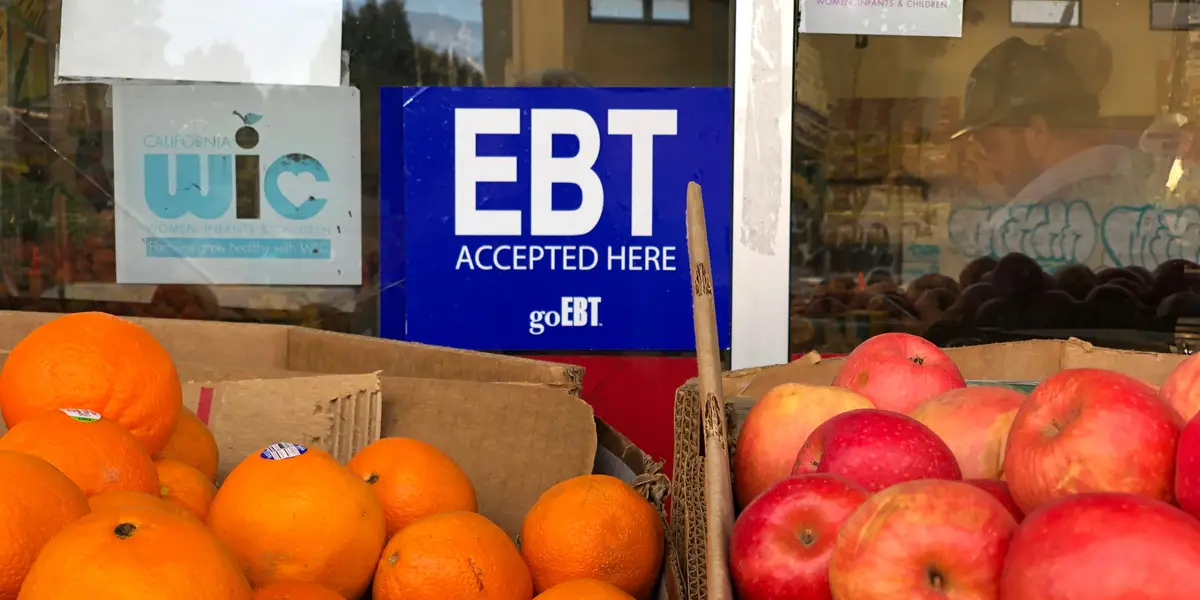Copyright STAT

Rise and shine, everyone, another busy day is on the way. And it is getting off to a good start here on the Pharmalot campus, where we have cool breezes and clear blue skies greeting us today. Who could ask for anything more? Actually, we could — it is time to reheat the coffee kettle for another cup of stimulation. Our choice today is honey almond crunch, one of several new delights we recently procured. Please feel free to join us. Remember, no prescription is required. And now, here are your tidbits. Hope you have a productive and meaningful day, and, as always, please keep in touch. We have adjusted our settings to accept postcards and telegrams. … The number of people using injectable obesity treatments is increasing rapidly, and it is leading to declines in obesity, NPR says, citing a new survey by the Gallup National Health and Well-Being Index. The obesity rate dropped to 37% of U.S. adults this year, down from a high of 39.9% three years ago. The survey found that the number of Americans taking drugs like semaglutide (which include the brands Ozempic and Wegovy) or tirzepatide (under the brands Zepbound and Mounjaro) for weight loss more than doubled over the past year and a half. That’s 12.4% of respondents taking the drugs compared with 5.8% in February 2024, when Gallup first measured it. GLP-1 agonists, as the new treatments are known, were first approved for obesity treatment in the U.S. market in 2021. Since the drugs have come on the market, declines in obesity rates have been higher among those between ages 40 and 64, correlating with a higher reliance on GLP-1 medications for that age group. Use of the medications is highest among those ages 50 to 64, for example, and in that cohort, obesity rates dropped 5.0 points to 42.8%. Advertisement



